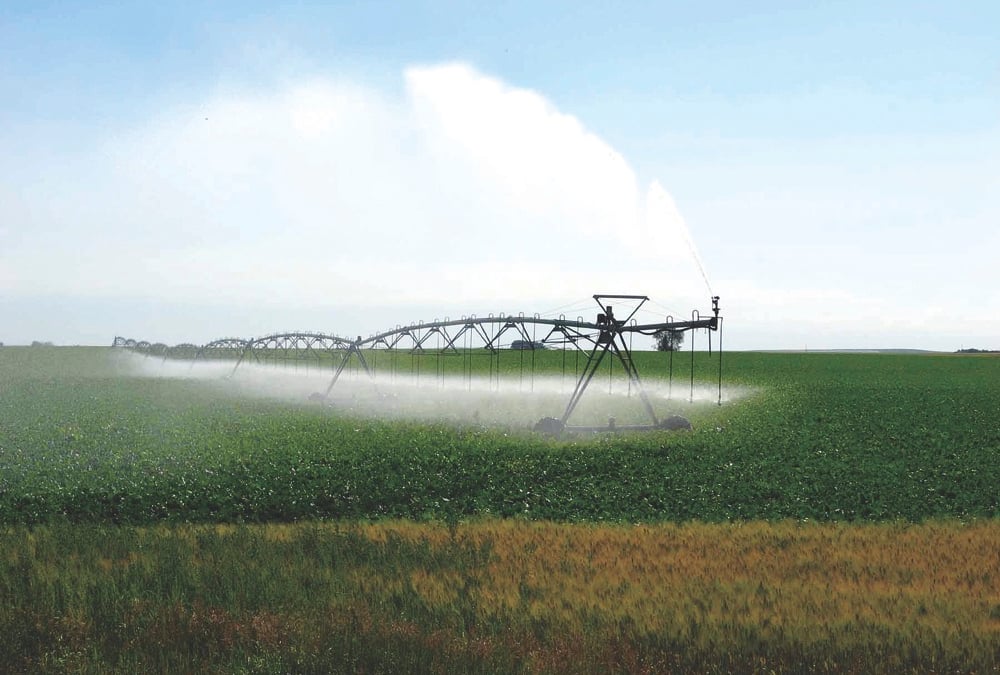Originally published on May 14, 2024 on Alberta Farmer
By Alberta Farmer Staff
Alberta is increasing the amount it spends on irrigation infrastructure in 2024.
The provincial government is boosting its portion of the annual irrigation rehabilitation program this year by providing $19 million — an increase of $5.5 million over 2023. It’s meant to help irrigation districts (IDs) update water infrastructure and allow them to do more within their current water allocations.
Established in 1969, the program is a cost-share agreement between the Alberta government (which offers 75 per cent) and irrigation districts (25 per cent).
In a news release, Alberta’s irrigation network was described as “essential to farmers, ranchers, food processors and communities. Irrigation infrastructure provides water to processors and intensive livestock operations, helping farmers increase yields, grow more diverse crops, improve productivity and crop quality and put food on tables in Alberta and around the world.”
Said Minister of Agriculture and Irrigation RJ Sigurdson, “Investing in our irrigation infrastructure now will help counter dry conditions – including drought – and increase the resiliency and competitiveness of our agricultural industry.”
Added Minister of Environment and Protected Areas Rebecca Schulz, “This funding will help modernize and maximize our water supply and make every drop count. By making critical improvements to Alberta’s irrigation infrastructure, we can help ensure more water is available for farmers in southern Alberta while also reducing the impacts of drought.”
One example of these improvements includes converting canals to pipelines, which reduces water lost through seepage and evaporation. In 2022, about 9.2 kilometres of open canals were converted to pipeline under the program.
Irrigation supports about 1.5 million acres of crop production, including producers who manage more than 290,000 acres of specialty crops. About 21 per cent of areas in the irrigation districts are used for crops such as sugar beets, alfalfa, hemp, dry beans, dry peas and potatoes.
Within Alberta’s 11 irrigation districts, irrigated acres produce 28 per cent of the provincial agricultural gross domestic product.
